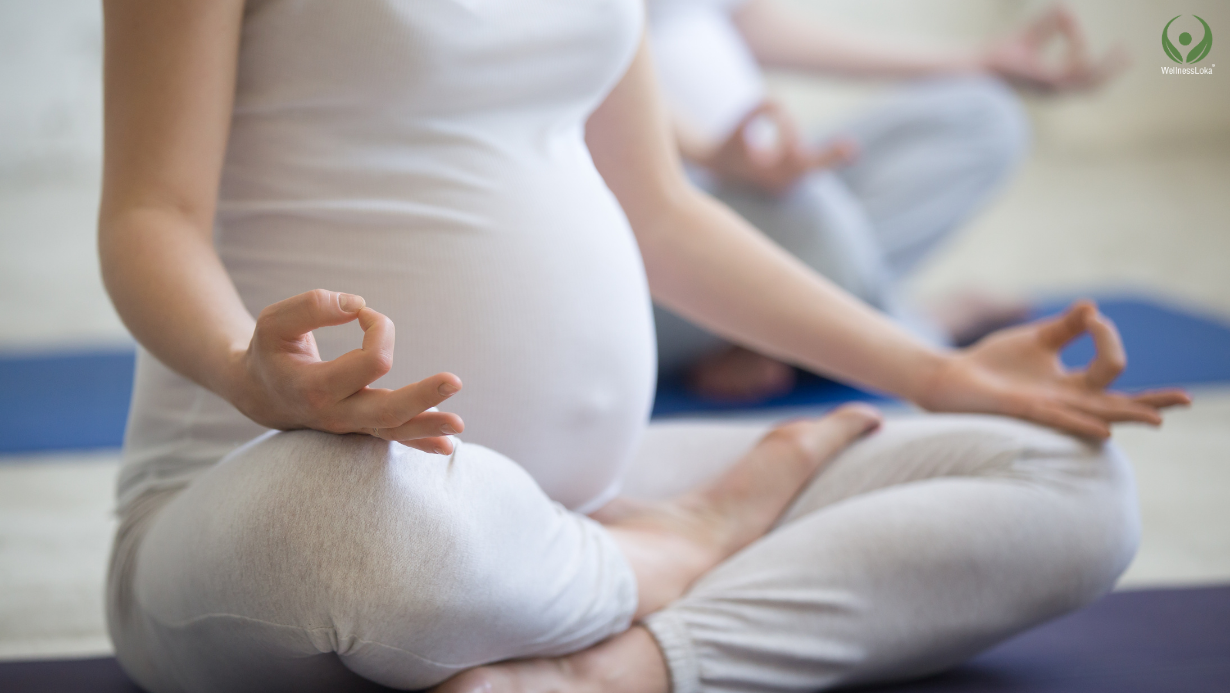Work Without Stress
In this age, when virtual world co-exists with reality, finding a Work-life balance is not an easy pursuit. In fact, stress and burnout are real life issues as busy professionals with demanding lifestyle is a common scenario these days in every metropolitan city. As an employee you should be confident, fast, responsible, talented and destressed at the same time. If stress eats us everything is lost.
The future of the corporate companies or the ‘Pillars’ of the company are good, smart and talented employees who work day and night. Work-related stress is one of the major public health issues and solution strategies for this are mandatory. Yoga is a common approach to manage stress and its effectiveness have been extensively confirmed.
Health benefits that have been proven throughout history, yoga is gaining prominence in workplaces worldwide.
Benefits of Yoga at Workplace
1. Pushes up the Energy level
After 6 to 8 hours of continuous work and a sedentary lifestyle, employees get exhausted. So moderate stretching and loosening exercise will be of great help to reduce stiffness, fatigue and to boost your energy level.
2. Improves the posture
Corporate employees spend most of their time sitting in chairs for long hours. Oblivious to them, this unnatural position is detrimental to their health. When you’re stronger and more flexible, your posture also improves. Yoga also helps you in building body awareness which in turn helps you notice more quickly if you’re slouching or slumping, so that your posture can be adjusted.
3. Reduces the stiffness
Due to long sitting position and strain in neck as a result of laptop usage will end up in
neck stiffness and cervical spondylitis issues. Yoga poses work by stretching your muscles. They can help you move better and feel less stiff or tired.
4. Yoga- A key to achieve Work-life balance
Some people are not confident enough to cope up with work and household chores. At times grouchy at work as they struggle to find that elusive work-life balance. Yoga helps you manage time better. You will find time not only for work and home but also for the society at large.
Many studies have proven that a little yoga in the morning, at night, or even during a lunch break, can minimize stress and increase productivity. It is believed that yoga is so effective for stress relief because, apart from the physical benefits that yoga brings in, it encourages a good mood, an increase in mindfulness, and a healthy dose of self-compassion as well.


